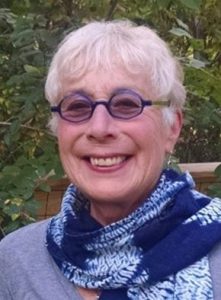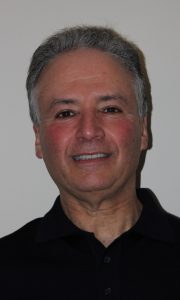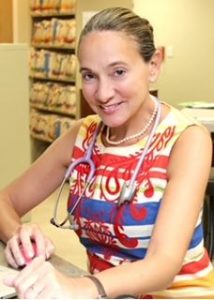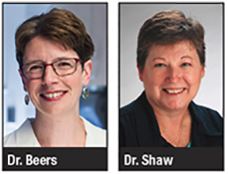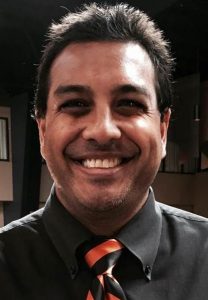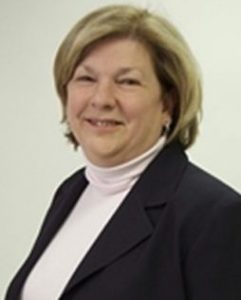Mrs. Elie Ward, MSW is the Director of Policy, Advocacy, and External Relations for NYS AAP Chapters 1, 2 &3. She provides an update on the status of issues for which pediatricians across the state strongly advocated.
As you may have read or heard, this year’s legislative session has been extremely productive. I am very pleased to report that it has also been very productive and positive for the children of New York. Many of our key legislative priorities, like the repeal of Religious Exemption to Immunization, Lowering Blood Action Level from 10 mg/dl to 5 mg/dl, and passage of a Gun Safe Storage Act, were achieved. In addition, we had several significant legislative successes in the areas of child safety, the environment, and further curbs of tobacco access for young people.
The following is a summary of our victories in the legislative arena. Many of our bills which passed both houses still need to be signed by the Governor. Most have been agreed to and the Executive has indicated that they will be signed. If we encounter resistance or an assault by opponents, such as the chemical industry fighting the Child Safe Products Act, I will let you know, and we will activate our Advocacy Action Alert system.
But for now, enjoy the fruits of your labor. We couldn’t have done this without the active participation of you, our members, as well as the close support and coordination from our partners in medicine, public health, early childhood development, child safety, child well-being, and environmental health. Our friends and supporters in the legislature and in the Executive were also helpful.
Together we raised a strong and multi-focused voice for the children of New York. Here is what we accomplished:
- 2371a/S.2994a: Medical Exemption Only for Immunization – Passed both Houses and signed by Governor all in one day!
- 2686/S.2450: Gun Safe Storage – Passed both Houses
- 0558/S.02833: Tobacco 21 (No one under 21 can purchase tobacco products) – Passed both Houses
- 00217a/S.3788a: Crib Bumpers (Crib bumpers cannot be sold in NYS) – Passed both Houses
- 7371/S.5341: Kids Safe Products (Banning & disclosure of dangerous chemicals in children’s products) – Passed both Houses
- 576/S.1046: Conversion Therapy (No longer legal in NYS) – Passed both Houses and signed by Governor
- 2477/S.5343: Chlorpyrifos Ban – Passed both Houses
- 164/S.2387: Period Products Disclosure – Passed both Houses
- 6295/S.4389: 1,4 Dioxane Ban – Passed both Houses
I will keep you informed as these bills move forward. In addition, there are several other bills directly related to children’s health and well-being that we will be watching that may move toward the Governor’s Office.
Now it’s time to refocus our work for next session and onto some of the serious child and family immigration issues that are currently impacting the health and well-being of thousands of children in our country and our state.

